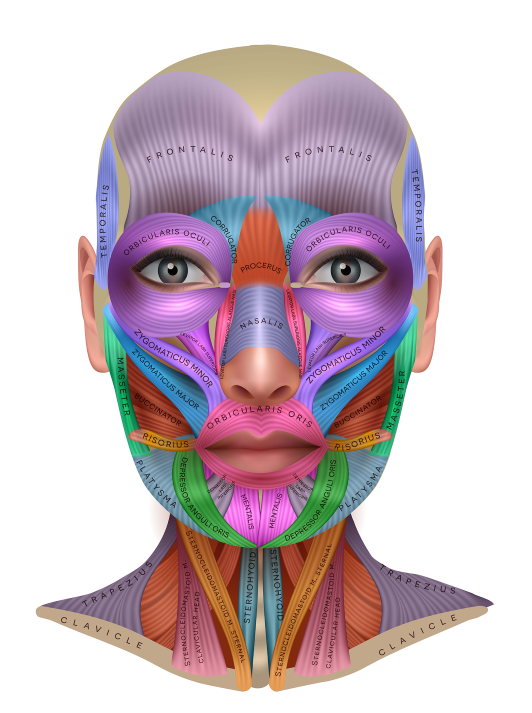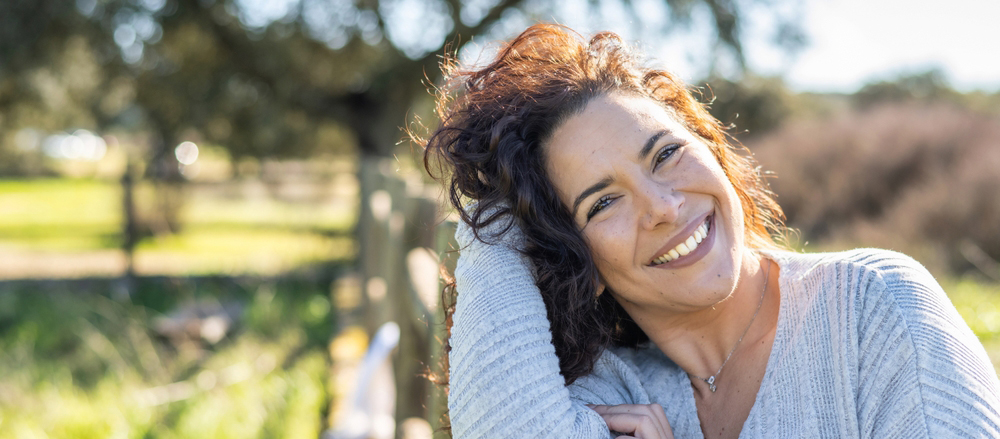 Facial muscles play a pivotal role in defining our expressions and overall appearance, and their function is deeply intertwined with the aging process. As we age, repeated muscle movements and natural changes in muscle tone contribute significantly to the formation of expression lines and wrinkles. Over time, the continuous contraction of these muscles, especially in areas such as the forehead, around the eyes, and the mouth, leads to the development of fine lines that can eventually become more pronounced. Understanding the dynamics of facial muscles provides valuable insight into both the cosmetic and structural changes that occur with aging. The process of aging impacts facial muscles in several ways. With time, muscles may lose elasticity and strength, leading to diminished support for the overlying skin. This loss of muscle tone can cause the skin to sag and lose its youthful contour. Additionally, the repetitive movements associated with facial expressions, such as smiling, frowning, or squinting, gradually imprint lines onto the skin. These changes are compounded by a natural decline in collagen and elastin production, which further weakens the skin’s ability to bounce back, exacerbating the visible signs of aging.
Facial muscles play a pivotal role in defining our expressions and overall appearance, and their function is deeply intertwined with the aging process. As we age, repeated muscle movements and natural changes in muscle tone contribute significantly to the formation of expression lines and wrinkles. Over time, the continuous contraction of these muscles, especially in areas such as the forehead, around the eyes, and the mouth, leads to the development of fine lines that can eventually become more pronounced. Understanding the dynamics of facial muscles provides valuable insight into both the cosmetic and structural changes that occur with aging. The process of aging impacts facial muscles in several ways. With time, muscles may lose elasticity and strength, leading to diminished support for the overlying skin. This loss of muscle tone can cause the skin to sag and lose its youthful contour. Additionally, the repetitive movements associated with facial expressions, such as smiling, frowning, or squinting, gradually imprint lines onto the skin. These changes are compounded by a natural decline in collagen and elastin production, which further weakens the skin’s ability to bounce back, exacerbating the visible signs of aging.
Advancements in cosmetic technology have led to targeted treatments that address the aging effects on facial muscles. Therapeutic options such as neuromodulators can temporarily relax specific muscles to soften expression lines, while radiofrequency treatments and microcurrent therapy aim to stimulate muscle tone and improve overall skin firmness. These interventions are designed to restore balance, enhancing muscle function and supporting the skin to achieve a more youthful appearance. In addition, facial exercises and modern skincare products that promote collagen synthesis can help maintain muscle tone and slow the progression of aging.
Research into the interplay between facial muscle activity and skin aging continues to evolve, offering deeper insights into how best to maintain a harmonious balance between dynamic expressions and youthful aesthetics. By focusing on both the muscular and dermal components of the face, modern antiaging strategies are increasingly holistic. They incorporate treatments that not only smooth out wrinkles but also work to revitalize underlying muscles, ensuring that interventions support the entire structure of the face.
Understanding the impact of facial muscles on aging is crucial for developing comprehensive strategies to mitigate the visible effects of time. A balanced approach that includes lifestyle modifications, targeted cosmetic treatments, and proper skincare can help manage the influence of repetitive muscle movements on aging skin, ultimately preserving the natural beauty and expressive qualities of the face.
